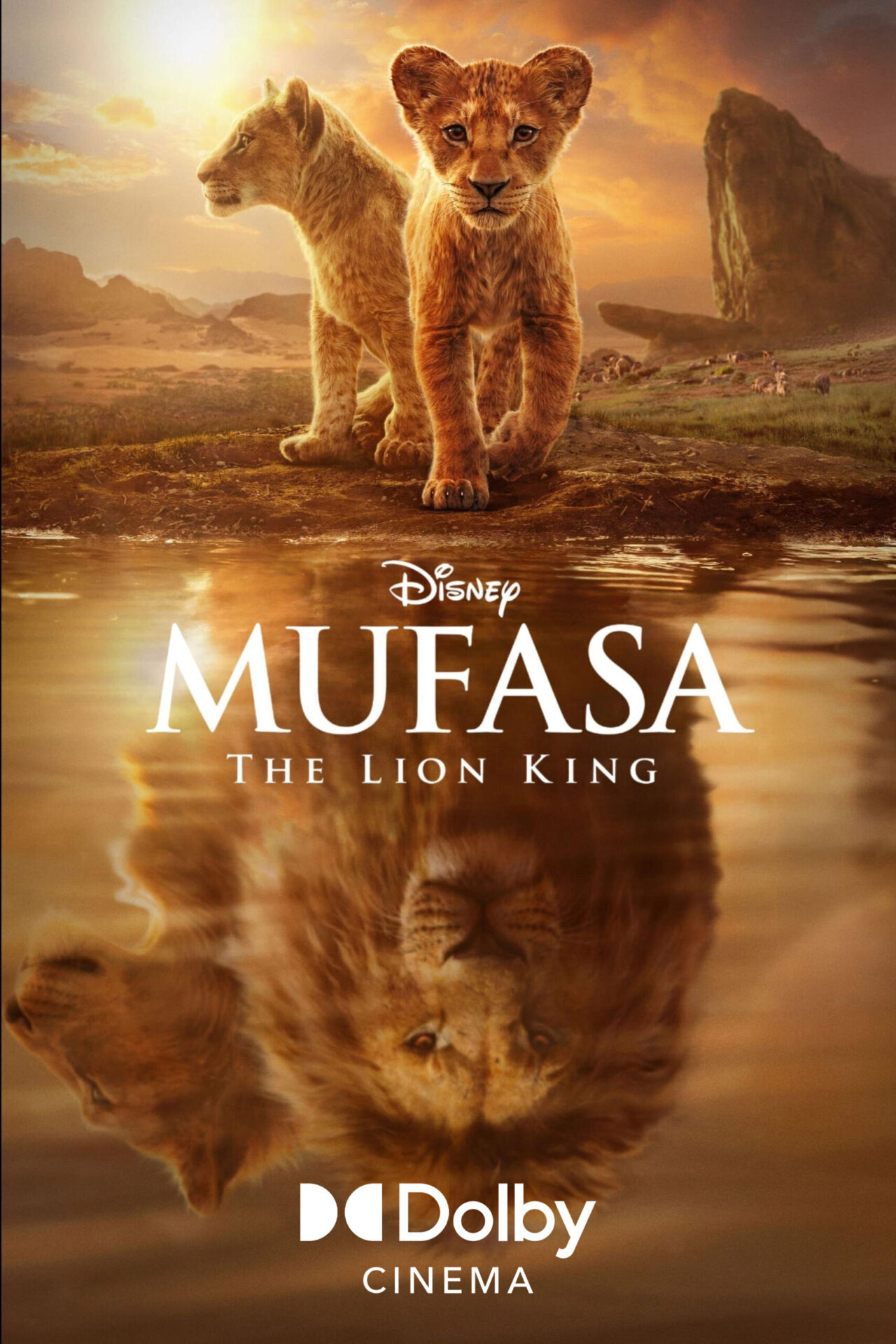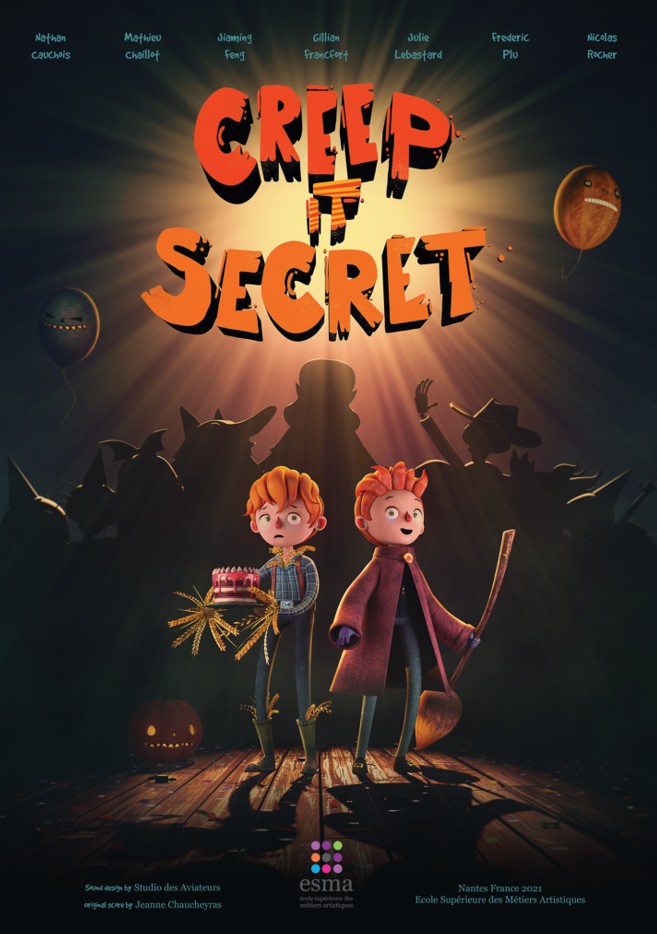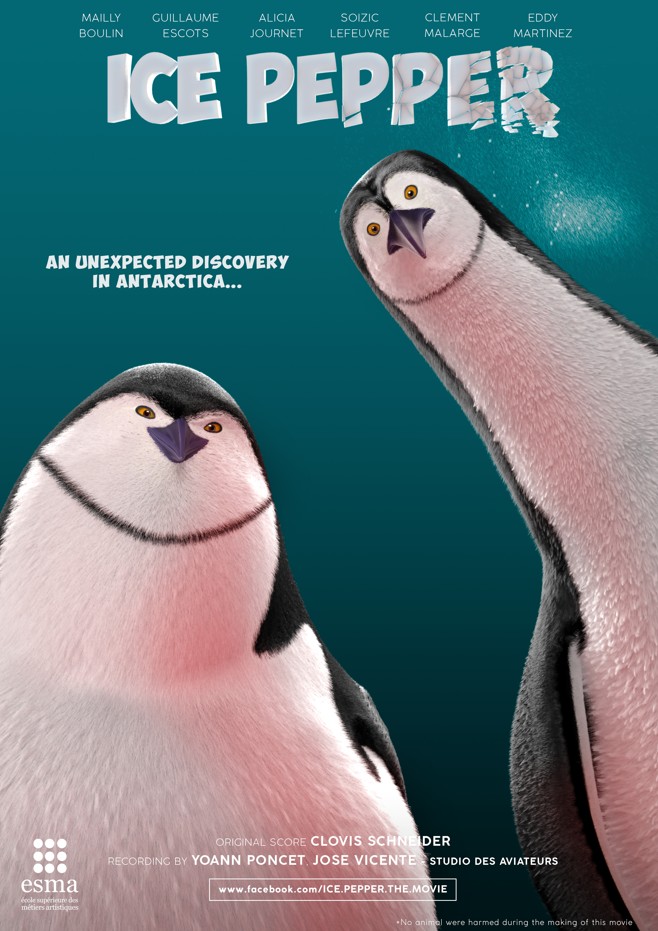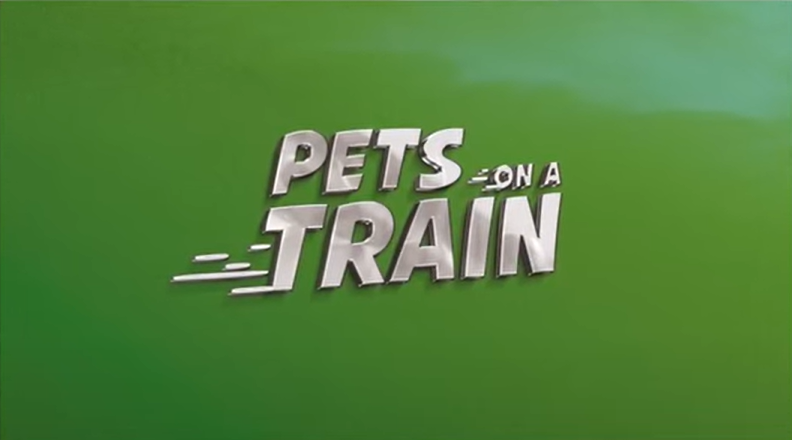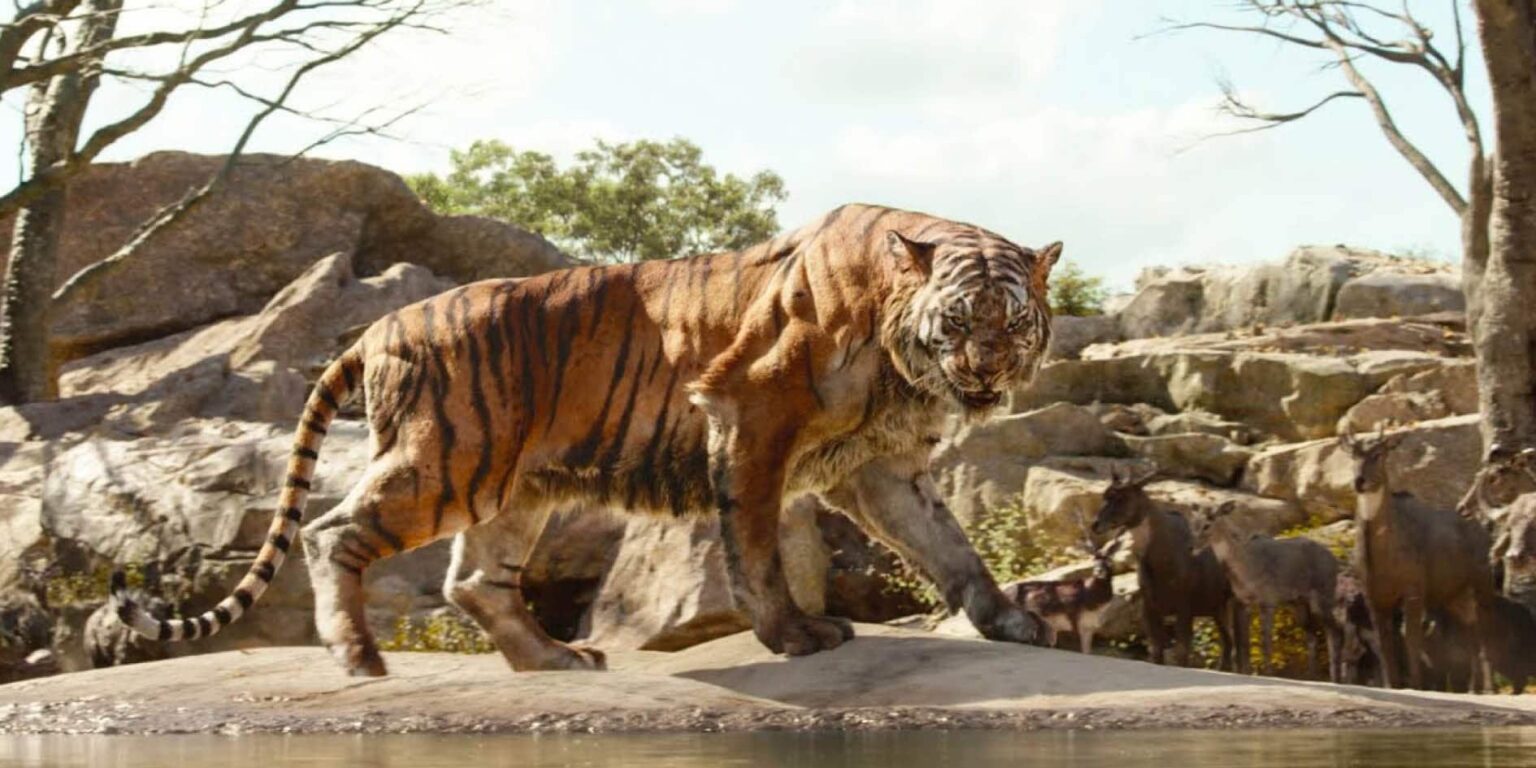
-
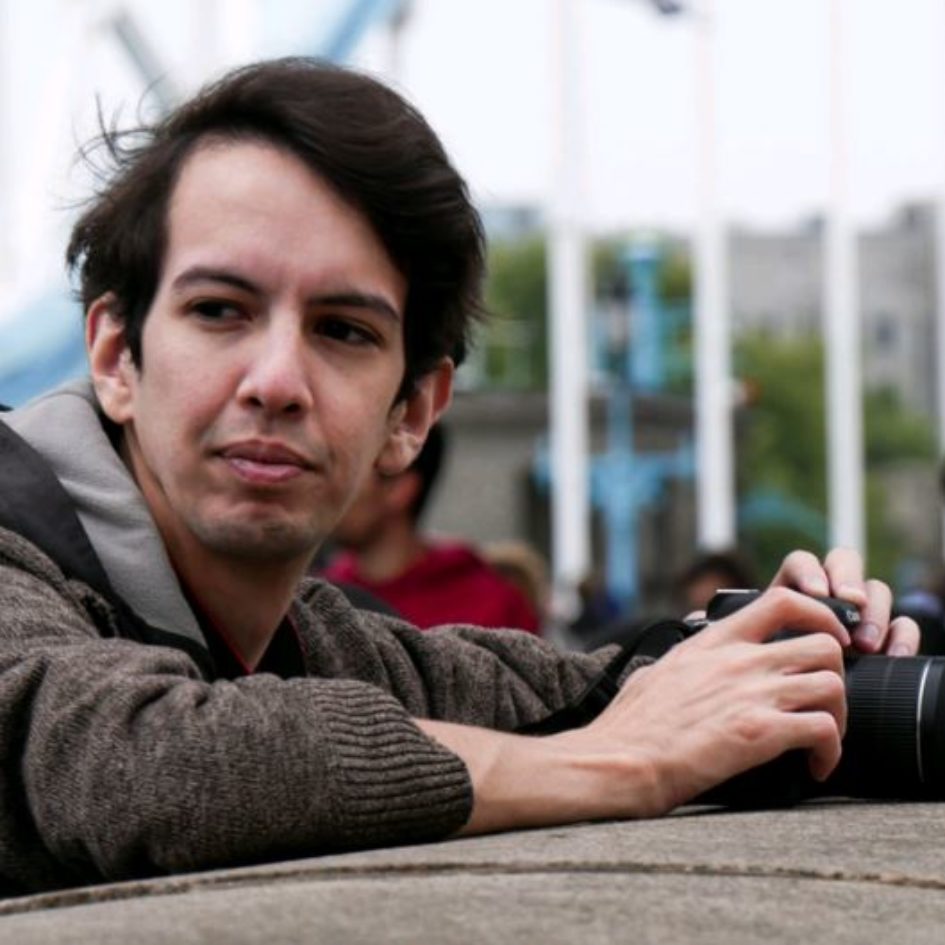
- Promotion 2014
- Training 3D Animation & FX
- currently works at Mill Film
- position Lead TechAnim / Creature FX
- location Montreal
Meet Abdelkader Nouar, a former ESMA student who is both a TeachAnim lead at the Mill Film studio and a Youtuber who reveals what goes on behind the scenes in the world of 3D animation and special effects. Find out more about him!
A look back at your ESMA years
What drew you to the world of 3D animation and special effects?
This desire came to me quite early on. As early as secondary school, I was already having fun faking videos with Adobe After Effects and creating photo montages on Photoshop. Pursuing 3D animation was the next logical step for me.
The only problem was that in the early 2000s it wasn’t easy to be self-taught on the internet in this field. It was when I got to secondary school that I started to take an interest in training courses and to try out free software such as Blender.
If I remember correctly, I discovered ESMA at a student fair. I was seduced both by the course offered and its duration, but also by the short films produced at the time, which spoke to me a lot more than those from other schools.
What did the course bring you?
I’d say that the course gave me a rigorous approach to my work and an introduction to the pace of a real production. I don’t think you’re ever really ready for the world of work until you dive in. On the other hand, the fact that ESMA gave me a bit of a ‘jack-of-all-trades’ in 3D animation was a big plus in my professional development, especially for the TechAnim/CreatureFX department, which requires a lot of knowledge in many areas.
My decision to specialise in clothing simulation came somewhere in the second year. I had no idea it was called TechAnim or CreatureFX and I thought that sort of thing was handled by the FX department. It was when the MPC studio came to school to talk about it and introduce us to this discipline that my decision was made.
Overall, I’d say that the training and the teachers have given me a critical eye on my work and even in general. And forced me to be structured in everything I do
Was there a subject that you particularly liked?
Compositing with Professor Laurent Soen! The fact that you could literally do whatever you wanted, whether it was improving a video sequence or saving a not-so-great 3D rendering, was extremely satisfying.
But having had the chance to see the reality of this discipline in the world of work before entering it, I decided not to pursue this career path. I still do compositing as a hobby at home. But that doesn’t stop me from opening Nuke from time to time to improve the work I present haha 😉
What was your professional immersion like when you left ESMA?
It was pretty smooth. I’d just finished producing the short film I’d made at the end of my studies, so I was still very much in the thick of things in terms of the fast pace of work. I joined the MPC studio during a ‘light’ period before the start of the Disney film The Jungle Book. That gave me time to learn the tools and work methods properly without being rushed by deadlines.
Your career path
Can you tell us about the different studios you’ve worked in? What have these different experiences brought you?
To start with, I first worked for the MPC studio in London, where I had the opportunity to do mainly film, but also a bit of advertising when needed.
I was lucky enough to work on big projects like Disney’s The Jungle Book, Terminator Genesys and Pirates of the Caribbean 5, so I was able to improve my skills in just about everything to do with Maya software and learn how to use it more and more quickly.
Then I joined the Framestore studio, still in London, where I did a lot of development work on set-ups for clothing and fur simulations for Marvel films like Thor: Ragnarok, Avengers Infinity War and Avenger: Endgame. This allowed me to consolidate my knowledge in the field.
What is your current job and what does it involve?
At the moment I’m Lead TechAnim at Mill Film in Montreal. Unfortunately I can’t yet talk about the project I’m working on, but I can tell you that I manage a team of around 40 TechAnim artists with Christelle Giboin. By the way, Christelle is my former classmate on our student short film at ESMA (just goes to show that the VFX industry is a very small world haha 🙂 )!
You should know that the job titles Creature FX and TechAnim are in fact one and the same job. It’s one of the few departments in the studios to have a different name! But basically, we’re in charge of everything to do with simulating clothes, hair and body hair. From time to time there may be muscle and skin simulations for characters or creatures. We may also have to do some ‘shot sculpting’, i.e. sculpting over an animated creature to add a little more detail, for example, to bring out muscles.
What do you like about this job?
What I like most is the variety of tasks! For example, I’ve gone from simulating the muscles of the tiger Shere Khan in The Jungle Book to simulating the sails of the Black Pearl in Pirates of the Caribbean, not forgetting simulating the clothes and fur of Rocket Racoon in the latest Avengersfilm .
What skills and qualities are required to do this job?
I think you need to have a minimum of knowledge in all areas, whether it’s modelling, rigging, sculpting, animation or FX simulations, without necessarily being a generalist.
Beyond that, you also need a knowledge of anatomy. From time to time you find yourself having to ‘redraw’ the muscles of a creature or character, so knowing where to place the muscles is a big plus.
Looking back at your career, when you were at MPC and Framestore you worked on a number of blockbusters that were expected all over the world. Can you tell us about them?
When you’re in it, you don’t really realise it that much. It’s mainly when the trailers are released or the first reviews come out that you realise just how far-reaching these films are. But over time you learn to detach yourself from the popularity of the projects so that you can concentrate on the job in hand.
Big clients like Disney or Warner Bros are very demanding and they push us more and more to deliver quality to ever tighter deadlines.
What’s it like working on this type of film, with so many people involved in its development? What are the working relationships like with your colleagues and the various departments?
You don’t necessarily realise how many people are involved at first, because everything is divided up into departments and you only come into contact with 2 or 3 of them. For example, in CreatureFX/TechAnim we depend mainly on animation and rigging. When our part is finished, we pass on our results to the lighting department.
Communication between departments is crucial to the success of a project, and it often varies from one production to another.
At the start of your career, isn’t working on such productions impressive or stressful?
At the beginning it’s clearly always stressful, but I’ve been lucky enough to work with experienced people who have guided me and trained me very well to manage this kind of work and the stress that comes with it.
It’s also reassuring to meet other ESMA alumni in the same companies all over the place.
Curiosity: did you go and see these films at the cinema?
In the end, not that much. Most of the time the studios offer a free screening for the teams who worked on the films.
It’s always interesting to see our work on the big screen after spending several months working on it on a monitor.
But after spending several months seeing the same film on your computer screen, sometimes you just want to move on and come back to it later.
On several occasions you’ve been asked to work on videos for commercial purposes, such as TV commercials. What’s different about making a feature film? Was it you who asked to try out another aspect of animation?
The pace of work is much faster than for a film. Here we’re talking about projects that only last a few weeks, compared with a film that can take months or even years to complete.
Advertising clients are increasingly relying on us to provide feature-length quality for their commercials. This is all the more true when you work in the advertising branch of a studio renowned for its films, as is the case with MPC and Framestore.
I didn’t personally make the request, but when there were slack periods in film I was offered a hand in the advertising division when it had special needs such as clothing or fur simulations.
Is there a project you’re particularly proud of?
I’d say Disney’s The Jungle Book, because it was one of my first projects and certainly the one where I spent the most time and learnt tons and tons of things! And it won the Oscar for Best Special Effects, which makes it all the more satisfying in the end :)!
Youtube
We’ve discovered that you’ve launched a Youtube channel that takes a look behind the scenes of 3D & FX animation. Can you tell us about it?
The aim of the Post Prod Time channel is to explain the VFX industry in as simple a way as possible to an audience that is unfamiliar with it, but also to prepare students (or anyone looking to get into it) or simply people interested in our profession.
What are the origins of your channel? How did you come to create a YouTube channel?
It came about because I found it really hard to explain what I was doing to my family and friends. It’s also linked to my history, when I was looking for information about the industry myself when I was younger, it was all very nebulous and not very concrete.
So I decided to centralise it all in the form of a YouTube channel!
Isn’t the life of a Youtuber complicated to manage with your work in the studio?
YouTubeur is a big word! I don’t call myself one, I just make videos for fun haha!
As for managing work and video creation, it depends on the period. Initially I tried to make regular content but I’ve had one ‘rush’ period after another over the last few months. Added to that, my move to Quebec hasn’t really helped matters.
What’s more, some of my video equipment is still in France, so it’s quite complicated… But I’m definitely going to get back into it as soon as I can!
What’s the subject of your next video?
I’ve got quite a few ideas in the pipeline! I’ve done a little survey among my friends and on social networks and I’m still a bit hesitant.
I’ve made a lot of progress on writing an explanatory video about Rigging, but I also want to talk about the working conditions and the reality of the job. That’s a bit more complicated to talk about, but it’s something that’s close to my heart. As I know that a lot of students follow my channel, I’d also like to prepare them a little for what awaits them after they graduate.
In the long term, I’m planning to make a video by profession/speciality so that I can have a sort of ‘video encyclopaedia’ of the 3D animation and special effects industry.
In conclusion
So, what’s life like in Canada?
I’ve been here for about a month now and it’s my first time in North America. Compared to London or Europe, it’s really different.
I’ve gradually got used to the 6-hour time difference with France, the pace of life and the different customs. That’s something I really enjoy: discovering and adapting. On the other hand, work and its problems are the same thing! So I’m not lost in that respect haha.
Would you like to travel a bit more or are you thinking of returning to France?
I’m thinking of staying in Quebec for a while longer and, generally speaking, continuing to stay abroad. France has some very good studios, but I just think it’s a shame that most of them are concentrated around Paris. At the moment I’m keen to discover new things and keep meeting new people
What are your plans for the future?
I’d say I’m going to improve my videos for the YouTube channel and get back to making them 🙂 As well as continuing to progress and learning more and more new things.
Finally, any advice for students and future students?
It all depends on the person, but I’d say don’t give up because it’s a business that requires investment.
You should also avoid feeling in competition with your fellow students (who will certainly become colleagues later on) and encourage mutual support, because in our sector, it’s all about teamwork.
